Rich Web Resources to Raise Cultural Awareness
A MiddleWeb Blog
 As an educator, I often wonder how someone like me – a teacher with relatively limited and/or superficial knowledge about the rest of the world – can help students to develop awareness, understanding, and appreciation of other students and cultures.
As an educator, I often wonder how someone like me – a teacher with relatively limited and/or superficial knowledge about the rest of the world – can help students to develop awareness, understanding, and appreciation of other students and cultures.
I regularly comment on how often I find myself laughing hysterically at the things I hear adolescents say at school. Recently, however, I have spent more time scratching my head and worrying.
A few weeks ago, I was in a classroom with a teacher who was introducing his students to the potential influence of geography on culture.
As an example, he displayed two pictures depicting life in Ancient Egypt. Students were asked to work in partners and identify/record any geographical features (rivers, delta, desert, etc), and then try to pinpoint any observable aspects of culture (i.e…social structure, customs, tradition, agriculture).
Next, students examined both lists and tried to develop hypotheses about how the geography of Nile River likely influenced early Egyptian life. Finally, they examined several books, posters, and online materials to determine just how valid their hypothesis was.
“Is Egypt still a country?”
It seemed like a pretty solid learning activity to me. However, about half way through the class, one student turned to his partner and asked, “Is Egypt still a country?”
The other student replied, “Yeah. But, I think they still live in pyramids and worship the sun and stuff like that.”
Another student heard the conversation and chimed in. “That’s not true. Nobody lives in Egypt now. It’s nothin’ but ruins.”
While I am hardly an expert regarding modern life in countries surrounding the Mediterranean, I am confident that these particular students – and many more in classrooms around the country – harbor some serious misconceptions about the lives (and culture) of the billions of other individuals that live on this planet.
Lucky for us, several solid principles, practices, and digital tools exist to help teachers develop cultural awareness and appreciation. And it’s pretty clear from my small example that we need to make the effort.
Helping Students Achieve Cultural Competence
The increased diversity of culture, ethnicity, language, and religion in our classrooms presents a multitude of learning possibilities and challenges (Banks, 2015). Some of the many benefits include increased understanding, experience, and respect for others as we engage with – and learn from – a variety of perspectives and people.
By exploring and embracing diversity, we help establish a foundation for learning that reduces stereotyping, prejudice, racism, and bigotry. Instead, students develop the knowledge, awareness, skills, empathy, and respect that will be necessary to function and work effectively in a pluralistic society (Marshall, 2015).
But it can be challenging for many teachers to find the time necessary to cultivate their own cultural awareness. Furthermore, few of us are naturally adept at designing learning experiences that focus on students’ ability to collaborate with others, be open to differences, examine multiple viewpoints, and think critically and objectively when tackling real-world problems (Crawford & Kirby, 2008).
Yet the truth remains that any meaningful, relevant learning is unlikely to germinate in a ‘cultural vacuum.’ Deep learning experiences require thoughtful, consistent cultivation from teachers who strive to develop cultural competence. Povenmire-Kirk, Bethune, Alverson, & and Kahn (2015) highlight specific attributes that culturally competent teachers should seek to develop in themselves and their classrooms:
- Knowledge of individual students and their culture(s)
- Cultural awareness/sensitivity to other ethnic groups
- Attitudes and values that reflect openness and flexibility when working with students
- Knowledge of the differences and similarities among cultures without placing value on or judging
- The ability to translate knowledge of others into classroom practices that are appropriate and respectful and, ultimately, result in improved outcomes
Diverse Tools for Diverse Schools
The good news is that there are several digital tools and online resources to help each and every one of us get started.
- Time for Kids has developed a simple, free tool called Around the World. It’s designed to help students (and teachers) explore and celebrate various cultures, people, landmarks, and geography from around the world through photographs, interactive maps, diagrams, charts, folktales, language, and activities.My students’ favorite component is the ‘Day-in-the-Life’ tool that provides an interactive timeline, hour-by-hour, of what life is like for kids their own age in other countries. Students are able to get a glimpse of the similarities—and unique differences—between various cultures.
- Plotagon is free tool/app that makes it possible for teachers and students to create slick-looking animated stories. One of my own students wanted to examine some of the similarities and differences that exist between his own South Texas culture and that of his classmates, many of whom are Hispanic. He used Plotagon to create several videos on his findings, such as this one that captures two different cultures’ perspectives on punctuality and timeliness.
- Games for Change aims to drive real-world awareness and change through digital games that help people to learn and contribute to make the world a better place. While many of the games must be purchased, a few freebies exist for fostering cultural and global awareness. One free game is 3rd World Farmer. It explores issues such as world hunger, poverty, armed conflict, lack of education, sanitation, infrastructure, and economic stability. Another free game is Ayiti: The Cost of Life, which invites students to try to help a rural family overcome numerous trials and survive in Haiti over a four-year period.
- Skype in the Classroom offers another fantastic set of tools that help students learn more about the world around them. There are Skype Lessons designed to help students collaborate with another class around the world (a great way to make cultural similarities and differences more transparent) or to learn about a particular topic or subject from an expert.Mystery Skype involves students in a guessing game that gets kids learning about geography, culture, and the similarities and differences in how children live all over the world. There is a tool called Virtual Field Trips that makes it possible for you to take your students for an adventure or visit with experts out in the field without ever having to leave the classroom. Guest Speakers is another way to bring the world into your classroom by connecting with experts in various fields and locations. For five ideas on how to use Skype to promote global awareness, check out these slides and this video overview from a stellar teacher named Smoke.
- Teaching Tolerance is a project of the Southern Poverty Law Center that aims to reduce prejudice, improve intergroup relations, and support equitable learning experiences in the classroom. It has several free curricular kits for teachers that are designed to help students
think, feel – and most importantly, act– in ways that demonstrate respect for diversity. One of my personal favorites is an activity titled Progressive City Planners. It guides students through the process of designing a city, deciding where to place amenities such as parks and libraries, and addressing drawbacks such as environmental hazards. At the end of the project, students compare their cities to the real world ones – where resources and hazards often aren’t distributed fairly.
- A colleague of mine recently introduced me to a tool called Gapminder that helps teachers and students deconstruct stereotypes and combat misconceptions about development and life in other countries. Gapminder serves as a sort of ‘fact and data tank’ that helps each of us update our own worldview. There’s a tool called Gapminder World that provides interactive graphs that allow students to explore everything from how long people live in countries around the world to how countries have developed over the last 200 years.
Another useful component of Gapminder is Dollar Street. It provides a look at what housing, income, and daily life is really like for families all over the world. Such tools will be particularly helpful to teachers working with 6th-8th grade math standards that call for students to engage in “identifying and explaining relationships, regularity, and trends in graphs and data” (National Governors Association Center for Best Practices & Council of Chief State School Officers, 2010).
- 100 People—A World Portrait provides a simple, interactive portal for photos, statistics, and questions that help provide a lens into cultural landscape of the world. There are curricular materials and videos designed to help students think deeply and critically about global issues such as food, health, energy, and war. There is even an option for students to nominate persons worthy of celebration in their own communities.
Solar Powered Classrooms in the Philippines are part of the 100 People Under the Sun Series. Among the solar power benefits: cooling fans and music for dancing.
Seeing Similarities and Differences
An old Muslim saying declares…a lot of different flowers make up a bouquet. As an educator, I am inclined to agree. In a world as rich in diversity as our own, one of the most important things that we do in the classroom is work strategically to develop global awareness in our classrooms.
I wager that there are many other teachers (like me) who feel a little unqualified and a bit overwhelmed when tasked with helping students to experience, understand, and develop respect for a variety of perspectives, cultures, and people. Yet, I am confident that—with consistent, patient effort and a few digital tools—any teacher…and all students…can make tremendous strides in acquiring an awareness and appreciation for the similarities and differences in the world around them.
References
Banks, J. A. (2015). Cultural diversity and education. Routledge.
Crawford, E. O., & Kirby, M. M. (2008). Fostering students’ global awareness: Technology applications in social studies teaching and learning. Journal of Curriculum and Instruction, 2(1), 56-73.
Marshall, H. (2015). The global education terminology debate: Exploring some of the issues. The SAGE Handbook of Research in International Education, 2e, 108.
National Governors Association Center for Best Practices & Council of Chief State School Officers. (2010). Common Core State Standards for Mathematics. Washington, DC: Authors.
Povenmire-Kirk, T. C., Bethune, L. K., Alverson, C. Y., & Kahn, L. G. (2015). A Journey, Not a Destination: Developing Cultural Competence in Secondary Transition. TEACHING Exceptional Children, 47(6), 319-328.

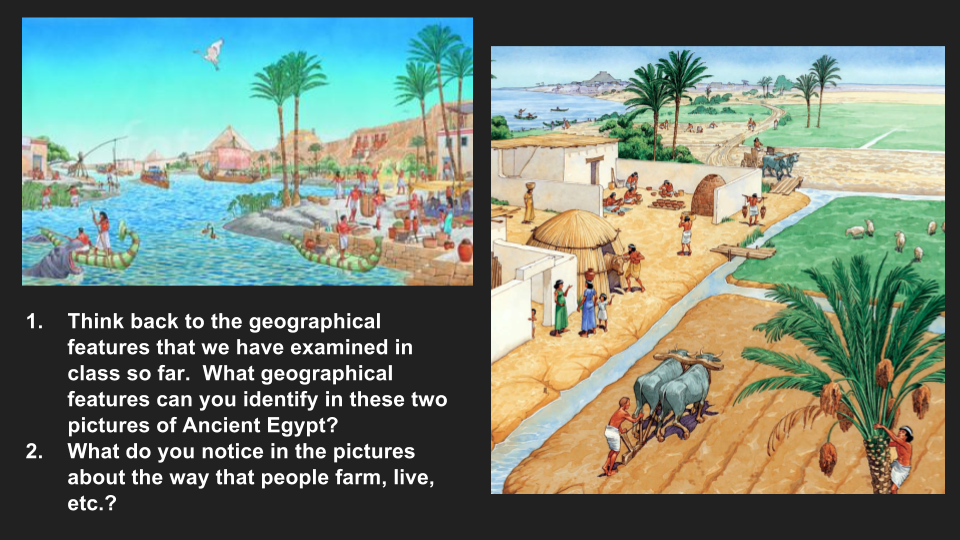
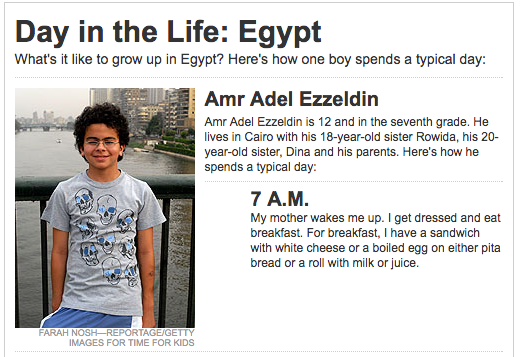
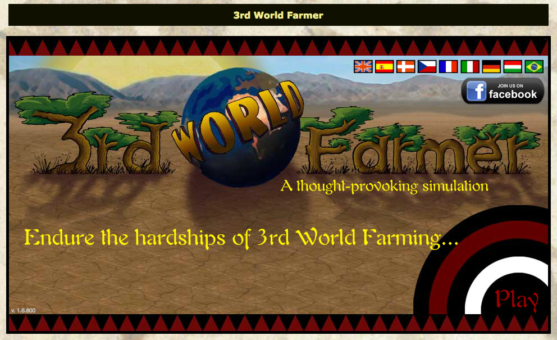
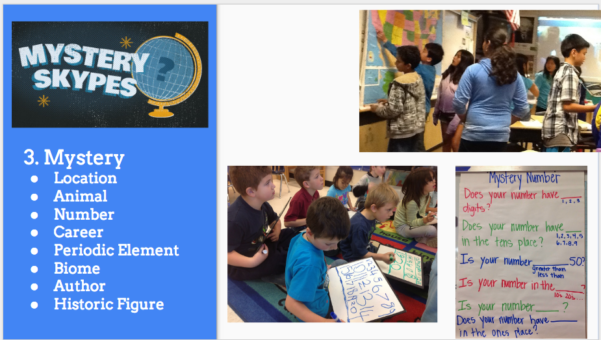

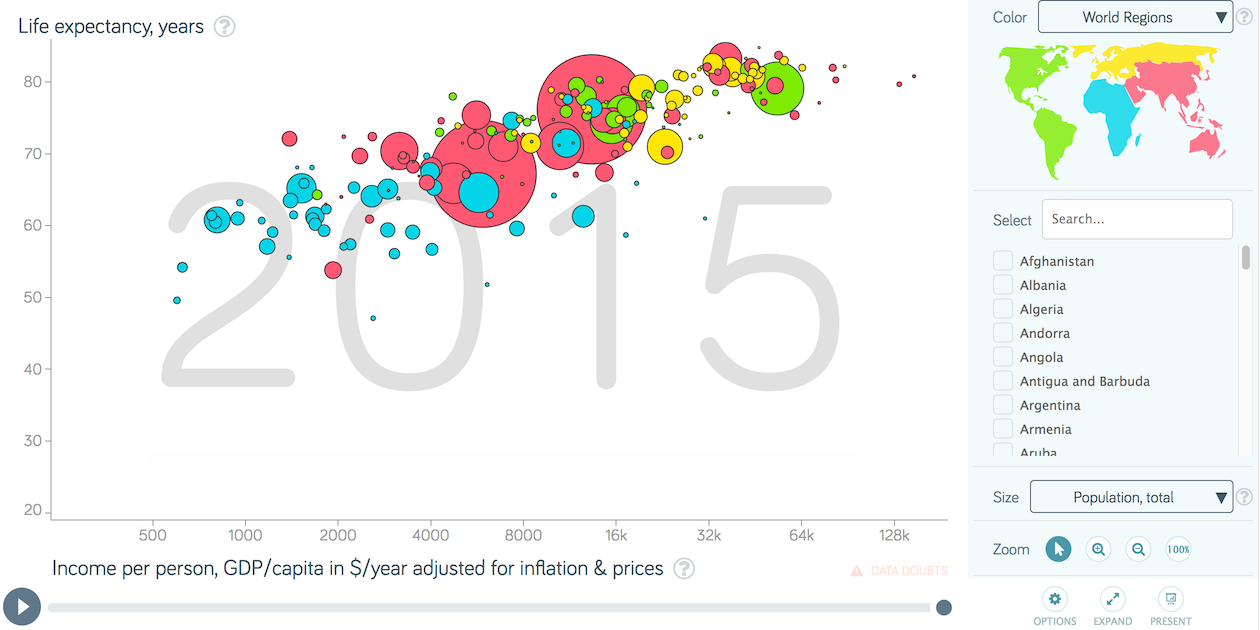
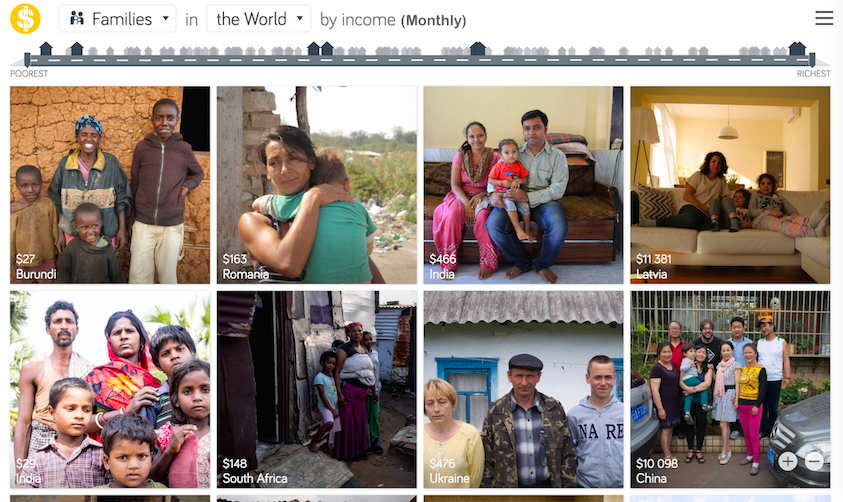
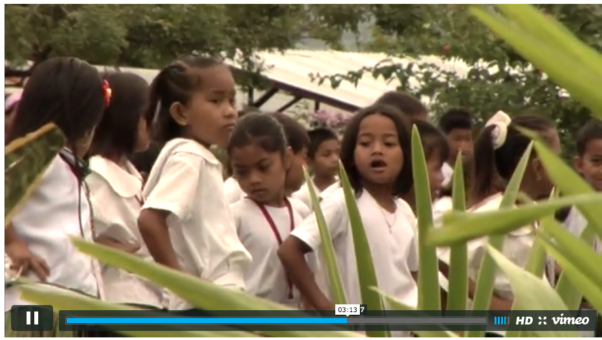


































Wonderful ideas here. I just wanted to say that, in my opinion, the most important aspect of taking initiatives in developing global awareness in our students is not so much deep knowledge on what to do but curiosity about other cultures!
Great article. I’ll share this in the resources area of Ancestry Project my new education program and website. Thanks Curtis.